Home>diy>Building & Construction>What Is ROI In Construction


Building & Construction
What Is ROI In Construction
Modified: January 9, 2024
Learn what ROI (return on investment) means in the context of building construction, and how it can impact the success of your construction projects.
(Many of the links in this article redirect to a specific reviewed product. Your purchase of these products through affiliate links helps to generate commission for Storables.com, at no extra cost. Learn more)
Introduction
Welcome to the world of construction, where vision becomes reality and dreams are built from the ground up. The construction industry is a vibrant and ever-evolving sector, playing a crucial role in shaping our cities, infrastructure, and homes. But behind the scenes of every construction project lies a complex web of planning, budgeting, and decision-making.
One of the key considerations in construction is the return on investment (ROI). ROI is a measure of the profitability or efficiency of an investment, indicating the potential rewards compared to the initial cost. Whether you’re a builder, investor, or project manager, understanding ROI in construction is essential for making informed decisions and optimizing project outcomes.
In this article, we will delve into the concept of ROI and its significance in the construction industry. We will explore the factors that influence ROI in construction projects, discuss its importance, and provide insights into calculating and analyzing ROI. Additionally, we’ll look at the benefits of ROI analysis in construction and identify strategies to improve ROI. So, let’s dive in and discover the world of ROI in construction!
Key Takeaways:
- ROI in construction is a crucial metric for assessing project profitability, guiding resource allocation, and managing risks. It encompasses financial, environmental, and social factors, empowering informed decision-making.
- To improve ROI in construction, strategies such as efficient project management, cost control, sustainability, and innovation play a vital role. Embracing continuous improvement and client satisfaction also contribute to maximizing profitability.
Read more: What Is Construction
Understanding ROI in Construction
Return on Investment (ROI) is a financial metric used to evaluate the efficiency and profitability of an investment. In the context of construction, ROI measures the return or gains achieved from a construction project relative to the costs incurred.
ROI is a valuable tool for construction professionals as it helps them assess the profitability of a project, compare different investment options, and make informed decisions. It allows stakeholders to evaluate the financial feasibility and potential risks associated with a construction venture.
When it comes to construction, ROI can be measured in various ways. Some common indicators of ROI in construction include:
- Profitability: This measures the financial gains or returns generated from a construction project. It considers both the revenue earned and the costs incurred, taking into account factors such as the sale or lease of the property, rental income, and potential appreciation in property value.
- Efficiency: This focuses on the cost-effectiveness and resource utilization of a construction project. It considers factors such as construction timeframes, labor and material expenses, project management efficiency, and energy efficiency.
- Sustainability: In recent years, the concept of sustainable construction has gained prominence. ROI in construction can also factor in the environmental and social impact of a project, such as reduced carbon emissions, energy savings, and improved community well-being.
It’s important to note that ROI is not solely a financial measure. In construction, it encompasses a broader view that considers the economic, environmental, and social aspects of a project. This holistic approach helps construction professionals make informed decisions that align with their goals and values.
Furthermore, understanding the different components that contribute to ROI in construction is crucial. These components can include:
- Initial Investment: This refers to the upfront costs associated with a construction project, including land acquisition, design and engineering fees, permits and licenses, and materials.
- Operating Costs: These are the ongoing expenses incurred during the construction phase, such as labor costs, equipment rentals, utilities, and maintenance.
- Revenue Generation: This involves the income generated from the project, such as sales revenue, rental income, or revenue from contract work.
- Market and Economic Factors: External factors, such as market conditions, inflation rates, interest rates, and regulatory changes, can impact ROI in construction.
By understanding these components and considering the various aspects of ROI, construction professionals can make more informed decisions and mitigate risks.
Factors Influencing ROI in Construction Projects
Several factors play a significant role in influencing the return on investment (ROI) in construction projects. These factors can vary depending on the type and scale of the project, as well as the overall economic and market conditions. Understanding these factors is essential for construction professionals to optimize ROI and make informed decisions. Let’s explore some of the key factors influencing ROI in construction:
- Market Demand: The demand for the type of property being developed greatly impacts the ROI. A construction project in a high-demand area or a property that meets the specific needs of the target market is more likely to generate a higher return. Understanding market trends and conducting thorough market research is crucial for identifying areas with high demand and potential profitability.
- Labor and Material Costs: The cost of labor and materials can significantly impact the ROI in construction. Fluctuations in these costs can affect the overall project budget and profitability. Keeping a close eye on market prices, selecting cost-effective materials, and efficiently managing labor resources are essential for optimizing ROI in construction projects.
- Design and Construction Techniques: The design and construction techniques employed in a project can influence its ROI. Incorporating innovative and sustainable design practices can enhance market appeal, reduce operating costs, and increase property value. Efficient construction techniques, such as prefabrication or modular construction, can help streamline the construction process, reduce labor and time expenses, and improve ROI.
- Project Management Efficiency: Effective project management plays a crucial role in determining the success and profitability of a construction project. Efficient resource allocation, timely decision-making, and effective communication among stakeholders can positively impact ROI. Streamlining processes, managing risks, and ensuring adherence to timelines and budgets are vital for maximizing ROI in construction.
- Location: The location of a construction project significantly influences its ROI. Factors such as proximity to amenities, transportation networks, schools, and employment centers can impact the appeal and market value of the property. Additionally, regional economic factors and government policies can also influence ROI. Investing in areas with potential for growth and development can yield higher returns.
- External Factors: External factors such as economic conditions, interest rates, and government regulations can impact ROI in construction. Fluctuations in interest rates can affect financing costs, while changes in regulations can impact project timelines and costs. Staying informed about these external factors and adapting to market conditions is crucial for optimizing ROI.
It’s important to note that these factors do not exist in isolation and often have interdependencies. A comprehensive analysis of these factors and their potential impact on ROI is essential for making informed decisions and maximizing returns in construction projects.
Importance of ROI in Construction
Return on Investment (ROI) is a critical metric in the construction industry that holds significant importance for stakeholders involved in construction projects. Here are some key reasons why ROI is important in construction:
- Financial Evaluation: ROI provides a clear assessment of the financial viability of a construction project. It helps stakeholders evaluate the potential profitability and efficiency of their investment. By calculating ROI, construction professionals can compare different investment options and select projects that offer the highest returns.
- Risk Management: ROI analysis helps identify and assess potential risks in construction projects. By understanding the financial implications of a venture, stakeholders are better equipped to make informed decisions and manage risks effectively. ROI analysis allows construction professionals to evaluate project feasibility, estimate potential costs, and anticipate challenges before they arise.
- Resource Allocation: ROI in construction guides the allocation of financial resources, labor, and materials. Construction projects require significant investments, and optimizing the utilization of resources is crucial for success. By determining the potential returns on investment, stakeholders can allocate resources efficiently, minimize waste, and maximize profitability.
- Performance Measurement: ROI serves as a performance measurement tool in construction. It allows stakeholders to evaluate project outcomes and determine the effectiveness of their investment decisions. By comparing the actual ROI with the projected ROI, construction professionals can identify areas that require improvement, implement corrective measures, and enhance future project planning.
- Decision-Making: ROI analysis provides valuable insights for decision-making in the construction industry. It enables stakeholders to evaluate the financial impacts of different options and make informed choices. Whether it’s selecting a construction project, determining the scope of work, or deciding on design and material choices, ROI analysis helps drive strategic decision-making.
- Investor Confidence: ROI is a key determinant of investor confidence in construction projects. Investors seek projects that offer favorable returns on their capital. A well-calculated and presented ROI can attract potential investors and secure funding for construction projects. Demonstrating a sound ROI enhances trust, credibility, and the likelihood of project success.
Overall, ROI plays a crucial role in maximizing the profitability, mitigating risks, and driving decision-making in the construction industry. It empowers stakeholders to make informed choices, allocate resources effectively, and optimize project outcomes. By considering ROI, construction professionals can enhance financial performance, deliver successful projects, and contribute to the sustainable growth of the industry.
Calculating ROI in Construction
Calculating Return on Investment (ROI) in construction involves assessing the financial gains relative to the costs incurred. While there are various approaches to calculating ROI, the basic formula remains the same:
ROI = (Gain from Investment – Cost of Investment) / Cost of Investment
Here is a step-by-step guide to calculating ROI in construction:
- Determine Costs: Start by identifying and quantifying all costs associated with the construction project. This includes the initial investment, such as land acquisition, design and engineering fees, permits and licenses, and construction materials. Consider both the direct costs (e.g., labor, materials) and indirect costs (e.g., overhead, utilities).
- Estimate Revenue: Project the potential revenue generated from the project. This could include factors such as sales revenue, rental income, or revenue from contract work. Be realistic in your revenue projections based on market demand and competitive analysis.
- Calculate Gain: Subtract the cost of investment from the estimated revenue to calculate the gain. The gain represents the net financial benefit earned from the construction project.
- Divide by Cost of Investment: Divide the gain by the cost of investment to calculate the ROI. This will provide a percentage that represents the return on the investment.
For example, if a construction project costs $500,000 and generates revenue of $700,000, the gain would be $200,000 ($700,000 – $500,000). Dividing the gain by the cost of investment ($200,000 / $500,000) yields an ROI of 0.4 or 40%.
It’s important to note that ROI is typically expressed as a percentage. A positive ROI indicates a profitable investment, while a negative ROI suggests that the project has not generated sufficient returns.
Additionally, it’s essential to consider the timeframe over which the ROI is calculated. Different construction projects may have different lifecycles or revenue streams. Therefore, the ROI calculation should align with the expected duration and revenue generation timeline of the project.
Lastly, keep in mind that ROI is just one metric to consider in construction. It is crucial to evaluate ROI alongside other financial metrics, project objectives, and risk assessments to gain a comprehensive understanding of the investment’s potential and its impact on project success.
When calculating ROI in construction, consider not only the initial cost but also the long-term benefits such as energy savings, maintenance costs, and potential resale value.
Read more: What Is Drainage In Construction
Benefits of ROI Analysis in Construction
Return on Investment (ROI) analysis provides construction professionals with valuable insights and benefits that can help optimize project outcomes. Here are some key advantages of conducting ROI analysis in construction:
- Financial Decision-Making: ROI analysis enables informed financial decision-making in construction projects. It helps stakeholders evaluate the potential profitability and efficiency of different investment options. By considering ROI, construction professionals can select projects that offer the highest returns, allocate resources effectively, and minimize financial risks.
- Risk Assessment and Mitigation: ROI analysis helps identify and assess potential risks in construction projects. By understanding the financial implications of a venture, stakeholders can proactively manage risks. ROI analysis allows construction professionals to evaluate project feasibility, estimate potential costs, and anticipate challenges, enabling them to develop risk mitigation strategies before problems arise.
- Resource Allocation: ROI analysis guides the efficient allocation of resources in construction. By considering the potential returns on investment, stakeholders can optimize the utilization of financial resources, labor, and materials. It helps minimize waste, increase efficiency, and contribute to overall project profitability.
- Financial Performance Evaluation: ROI analysis serves as a performance measurement tool in construction. By comparing the actual ROI with the projected ROI, construction professionals can evaluate project outcomes and determine the effectiveness of their investment decisions. It enables stakeholders to assess financial performance, identify areas for improvement, and implement corrective measures for future projects.
- Project Feasibility: Conducting ROI analysis helps assess the feasibility of construction projects. It allows construction professionals to evaluate the potential financial returns and risks associated with a project. ROI analysis provides insights into the project’s viability, helping stakeholders make informed decisions about whether to proceed with the project or explore alternative options.
- Investor Confidence: A robust ROI analysis enhances investor confidence in construction projects. Investors seek projects that offer favorable returns on their capital. By presenting a well-calculated and supported ROI, construction professionals can attract potential investors and secure funding. Demonstrating a sound ROI enhances credibility, trust, and the likelihood of project success.
- Continuous Improvement: ROI analysis supports a culture of continuous improvement in construction. By analyzing ROI across multiple projects, construction professionals can identify patterns, trends, and best practices that lead to higher returns. It encourages learning from past experiences, implementing process improvements, and enhancing future project planning.
Overall, ROI analysis in construction provides construction professionals with the tools to optimize financial performance, mitigate risks, and drive informed decision-making. It contributes to the success and sustainability of construction projects, ensuring that investments yield favorable returns and adding value to the industry as a whole.
Limitations of ROI Analysis in Construction
While Return on Investment (ROI) analysis is a valuable tool in construction, it is important to acknowledge its limitations. Understanding these limitations can help construction professionals make more informed decisions and avoid potential pitfalls. Here are some key limitations of ROI analysis in construction:
- Limited Scope: ROI analysis primarily focuses on financial returns and may not capture the full range of project benefits or impacts. Construction projects often have broader economic, environmental, and social considerations that are not fully captured by ROI analysis alone. It is essential to consider these factors alongside ROI to gain a comprehensive understanding of a project’s value.
- Uncertain Future Conditions: ROI analysis relies on projected data and assumptions about future conditions. However, future market trends, economic conditions, and regulatory changes can be uncertain and unpredictable. Changes in these factors can significantly impact the accuracy and reliability of ROI calculations.
- Overemphasis on Monetary Returns: ROI analysis tends to prioritize financial returns, potentially overlooking other project objectives or benefits that are not easily quantifiable. For example, projects with significant social or environmental benefits may not generate high financial returns, but they can still contribute to the overall welfare of society.
- Complexity of Project Variables: Construction projects involve numerous variables, including construction costs, market conditions, labor availability, and government regulations. Accurately quantifying and forecasting these variables can be challenging, impacting the accuracy of ROI calculations. Unexpected changes or events during the project lifecycle can further complicate ROI analysis.
- Timeframe Considerations: ROI analysis is typically conducted over a specific timeframe. However, construction projects can have long lifecycles extending beyond the analysis period. ROI calculations that only consider short-term gains may not capture the full financial picture and long-term profitability of a project.
- Subjectivity in Assumptions: ROI analysis relies on assumptions made during the calculation process. These assumptions can vary among stakeholders and introduce subjectivity into the analysis. Different assumptions can lead to different ROI results and influence decision-making.
- Risk Considerations: ROI analysis typically assumes a constant level of risk throughout the project. However, construction projects inherently involve risks that can impact the financial outcome. Failure to adequately account for and mitigate risks can result in inaccurate ROI projections.
Despite these limitations, ROI analysis remains a valuable tool for construction professionals. It provides a structured framework for analyzing financial returns, assessing project feasibility, and driving decision-making. However, it is crucial to incorporate other factors, conduct comprehensive risk assessments, and consider the limitations of ROI analysis when evaluating the overall value and potential of construction projects.
Strategies to Improve ROI in Construction Projects
Improving Return on Investment (ROI) in construction projects involves implementing strategies that optimize financial performance and maximize profitability. Here are some key strategies to enhance ROI in construction:
- Thorough Planning and Analysis: Conduct comprehensive planning and analysis before initiating a construction project. This includes market research, financial feasibility studies, and risk assessments. Thorough planning helps identify potential challenges, assess market demand, and make informed decisions that maximize ROI.
- Efficient Project Management: Effective project management is crucial to optimize ROI. Streamline processes, ensure efficient resource allocation, and establish clear project milestones and timelines. Efficient project management minimizes delays, cost overruns, and waste while maximizing productivity and profitability.
- Cost Control and Optimization: Implement stringent cost control measures to minimize expenses and optimize resource utilization. Monitor and track project costs, negotiate favorable contracts with suppliers and subcontractors, and leverage technology to streamline processes and reduce overhead costs.
- Value Engineering: Employ value engineering techniques to enhance project value and ROI. Identify areas where cost savings can be achieved without compromising quality. Explore alternative materials, construction methods, and design approaches that optimize costs while meeting project requirements.
- Sustainable Construction Practices: Embrace sustainable construction practices to reduce operating costs, enhance market appeal, and improve ROI. Incorporate energy-efficient systems, utilize recycled materials, and consider renewable energy sources. Sustainable construction practices can lead to long-term cost savings and increased property value.
- Innovation and Technology: Embrace technological advancements and innovative solutions to improve construction efficiency and reduce costs. Implement Building Information Modeling (BIM) to enhance project coordination and reduce errors. Utilize construction management software for better communication and collaboration among stakeholders.
- Skilled Workforce: Invest in a skilled and efficient workforce to enhance project productivity and quality. Provide training and development opportunities to improve skills and knowledge. A skilled workforce can complete tasks more efficiently, minimize rework, and deliver projects on time and within budget.
- Effective Risk Management: Identify and assess project risks and develop strategies to mitigate them. Implement effective risk management practices to protect against unexpected events that can impact project schedules and costs. Adequate risk management plays a crucial role in minimizing financial losses and improving ROI.
- Client Satisfaction: Prioritize client satisfaction to generate positive referrals and repeat business. Deliver projects that meet or exceed client expectations and maintain open lines of communication throughout the process. Satisfied clients are more likely to recommend your services, leading to increased opportunities and improved ROI.
- Continuous Improvement: Foster a culture of continuous improvement within the organization. Learn from past experiences, analyze project performance, and identify areas for enhancement. Implement lessons learned to refine processes, increase efficiency, and optimize ROI in future projects.
By implementing these strategies, construction professionals can improve efficiency, minimize risks, and optimize financial performance, ultimately leading to improved ROI. It is essential to adapt these strategies to the specific needs and requirements of each construction project, considering both short-term gains and long-term sustainability.
Conclusion
Return on Investment (ROI) holds significant importance in the world of construction. It serves as a valuable financial metric that guides decision-making, assesses project viability, and maximizes profitability. Understanding and analyzing ROI in construction enables stakeholders to make informed choices, allocate resources efficiently, and mitigate risks.
Throughout this article, we explored the various aspects of ROI in construction. We discussed the concept of ROI, its calculation, and the factors that influence it. We also highlighted the importance of ROI in construction, such as aiding financial evaluation, risk management, and resource allocation, among others.
Although ROI analysis is an essential tool, it is crucial to acknowledge its limitations. Factors such as uncertain future conditions, limited scope, and subjective assumptions can impact the accuracy and reliability of ROI calculations. It is essential to consider these limitations when conducting ROI analysis and supplement it with a broader analysis of project objectives and impacts.
To enhance ROI in construction projects, we explored several strategies. Thorough planning and analysis, efficient project management, cost control and optimization, and embracing sustainability and innovation are just a few examples of the strategies that can lead to improved ROI. By implementing these strategies, construction professionals can enhance financial performance, exceed client expectations, and contribute to the overall success and growth of the industry.
In conclusion, ROI analysis is a powerful tool that empowers construction professionals to make informed decisions, maximize profitability, and mitigate risks. It provides a framework for evaluating financial performance, optimizing resource allocation, and driving project success. By understanding, calculating, and analyzing ROI, construction professionals can make sound investment decisions and contribute to the sustainable growth of the construction industry.
Frequently Asked Questions about What Is ROI In Construction
Was this page helpful?
At Storables.com, we guarantee accurate and reliable information. Our content, validated by Expert Board Contributors, is crafted following stringent Editorial Policies. We're committed to providing you with well-researched, expert-backed insights for all your informational needs.
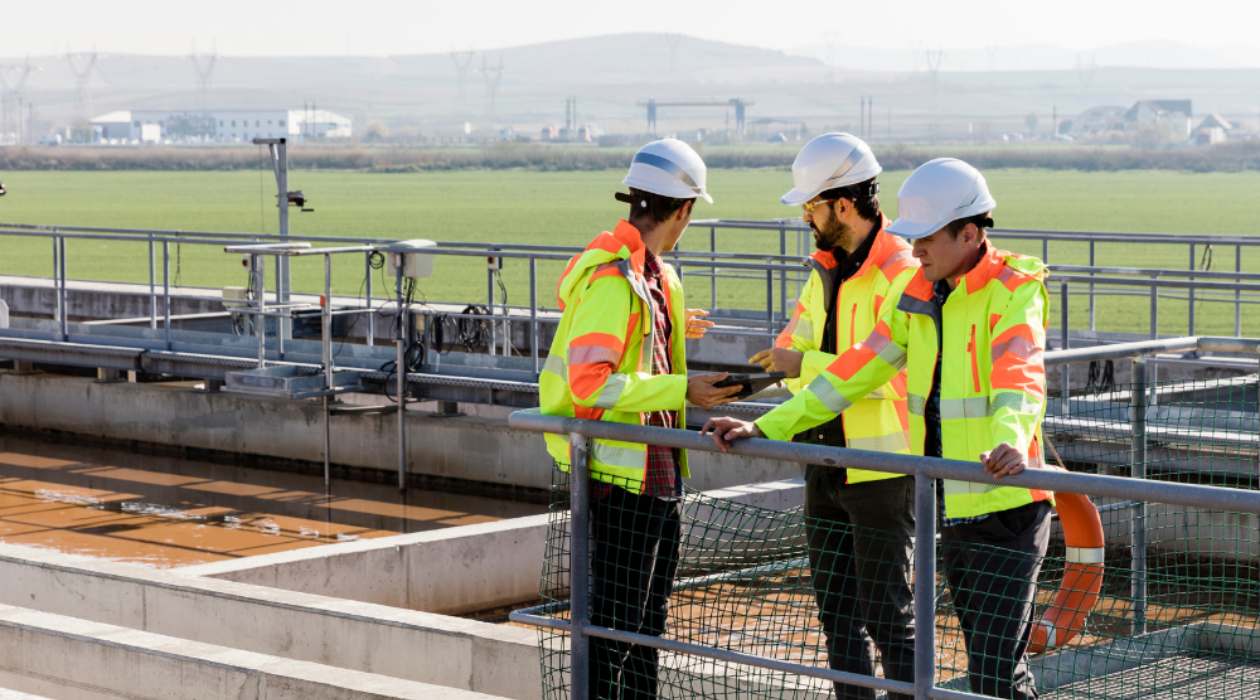

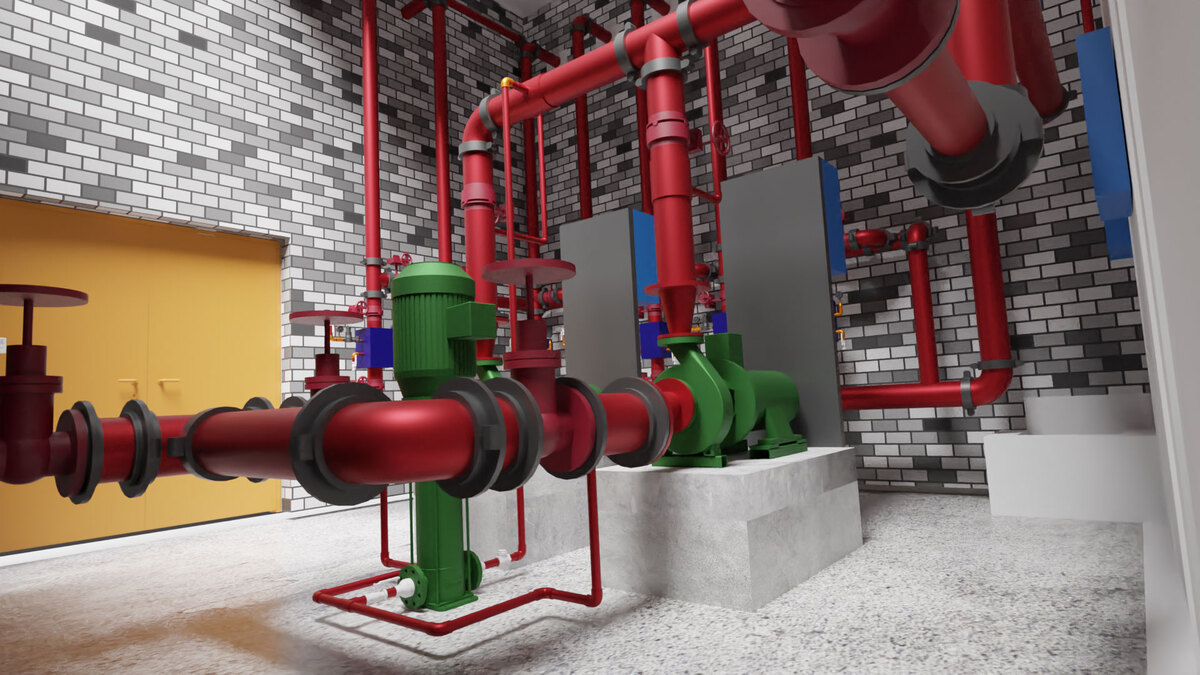
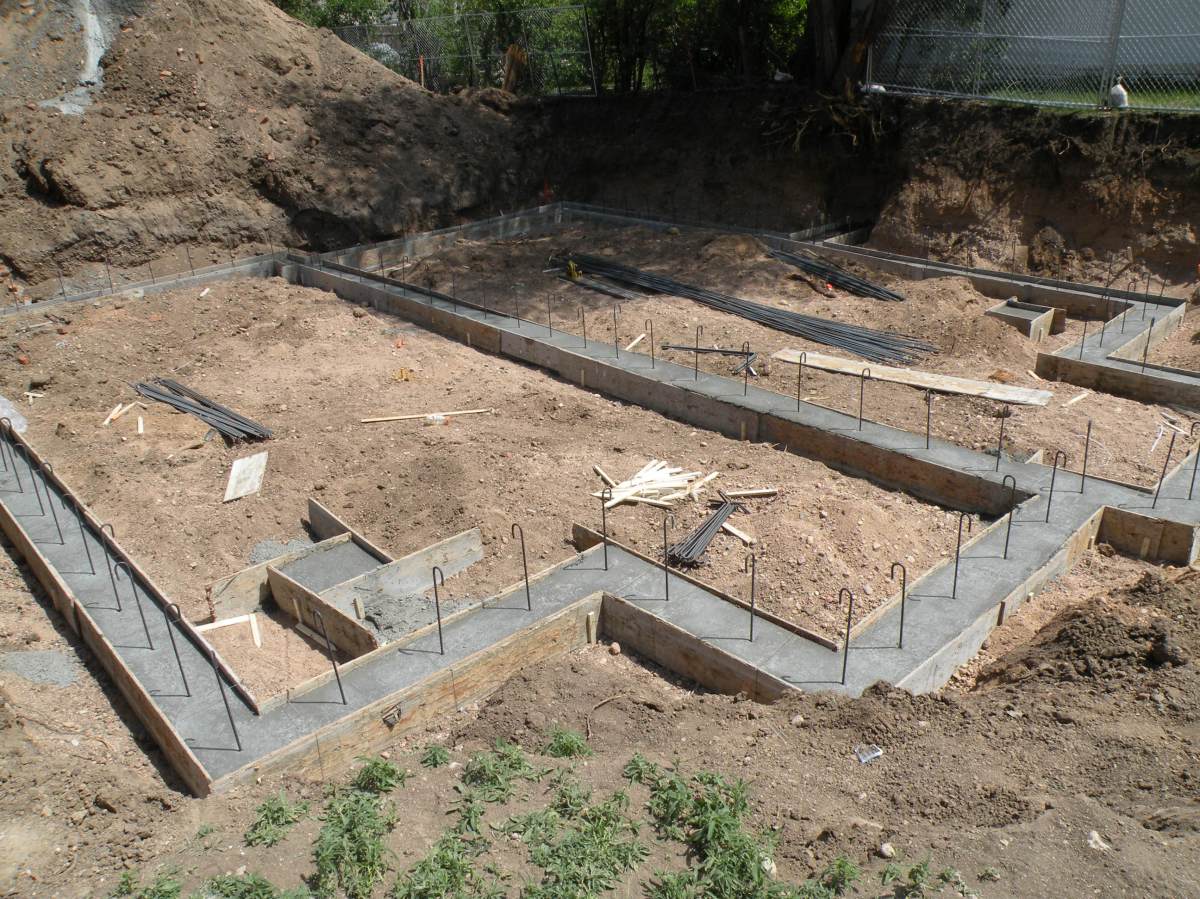
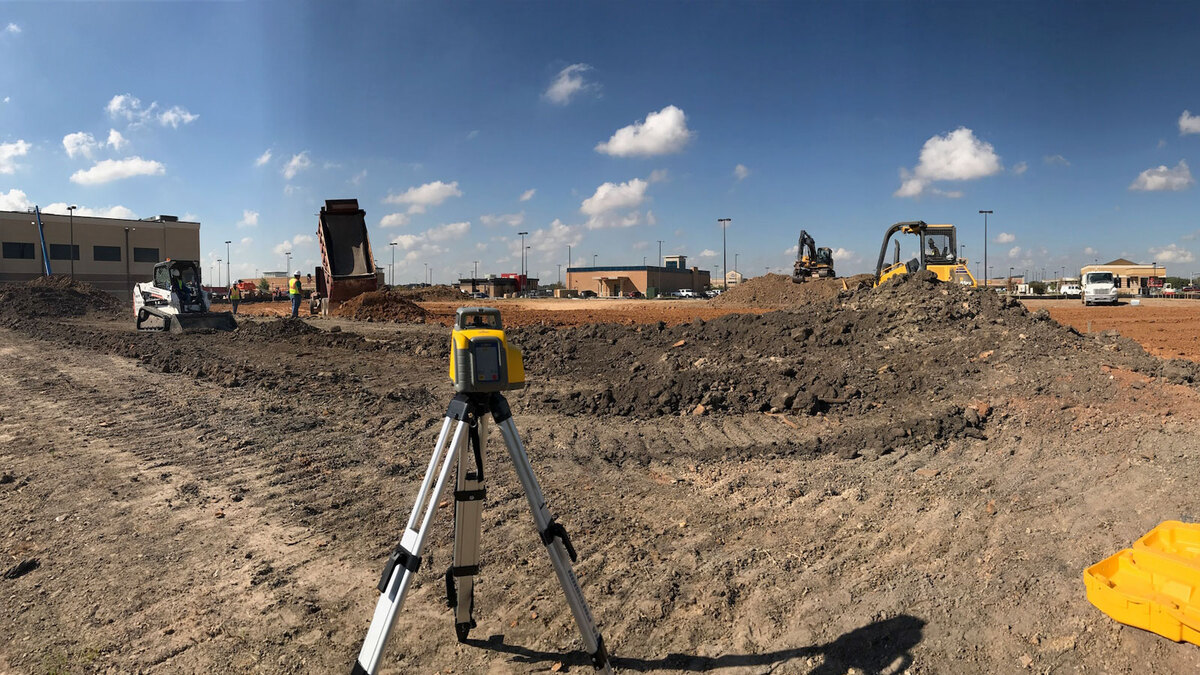

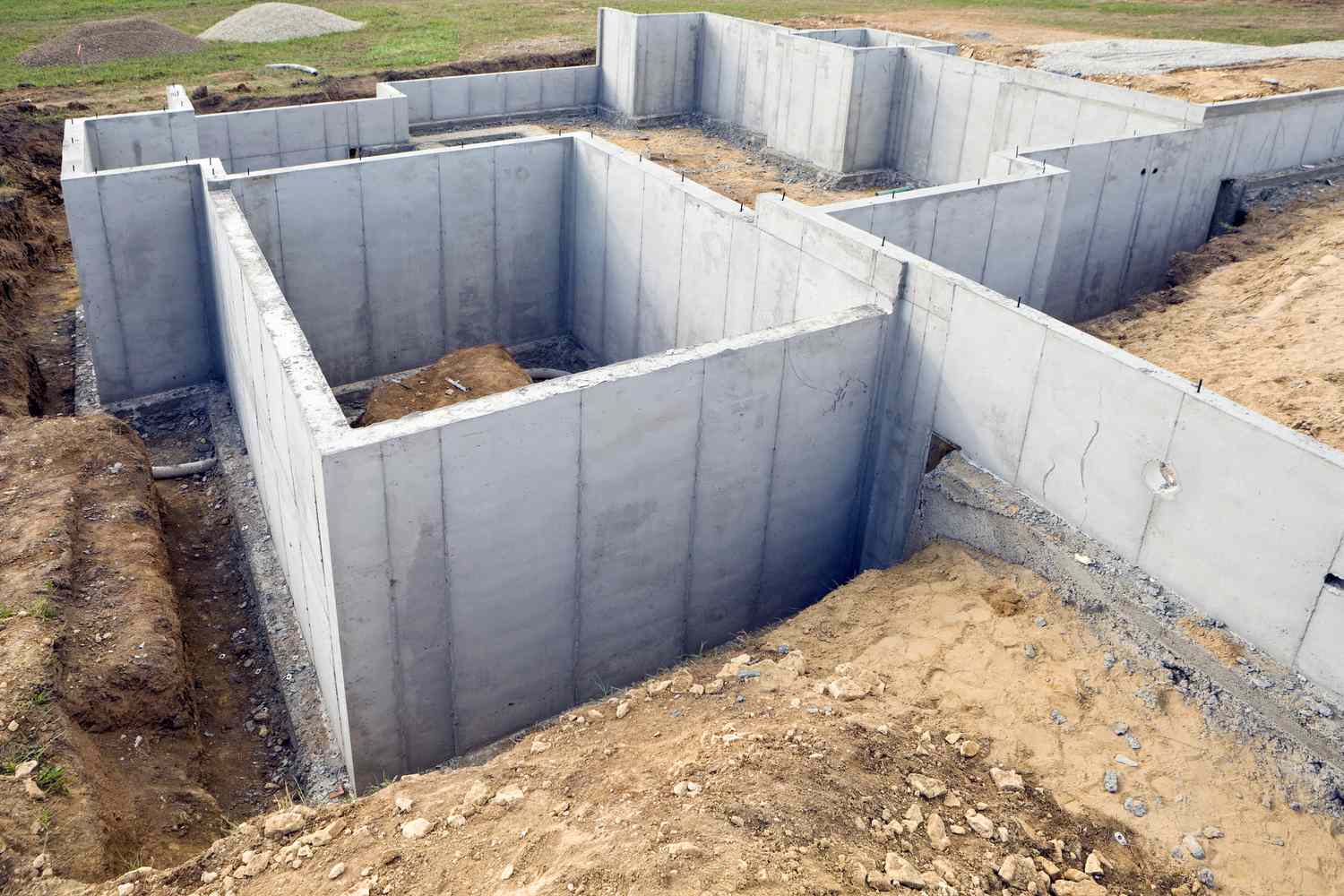
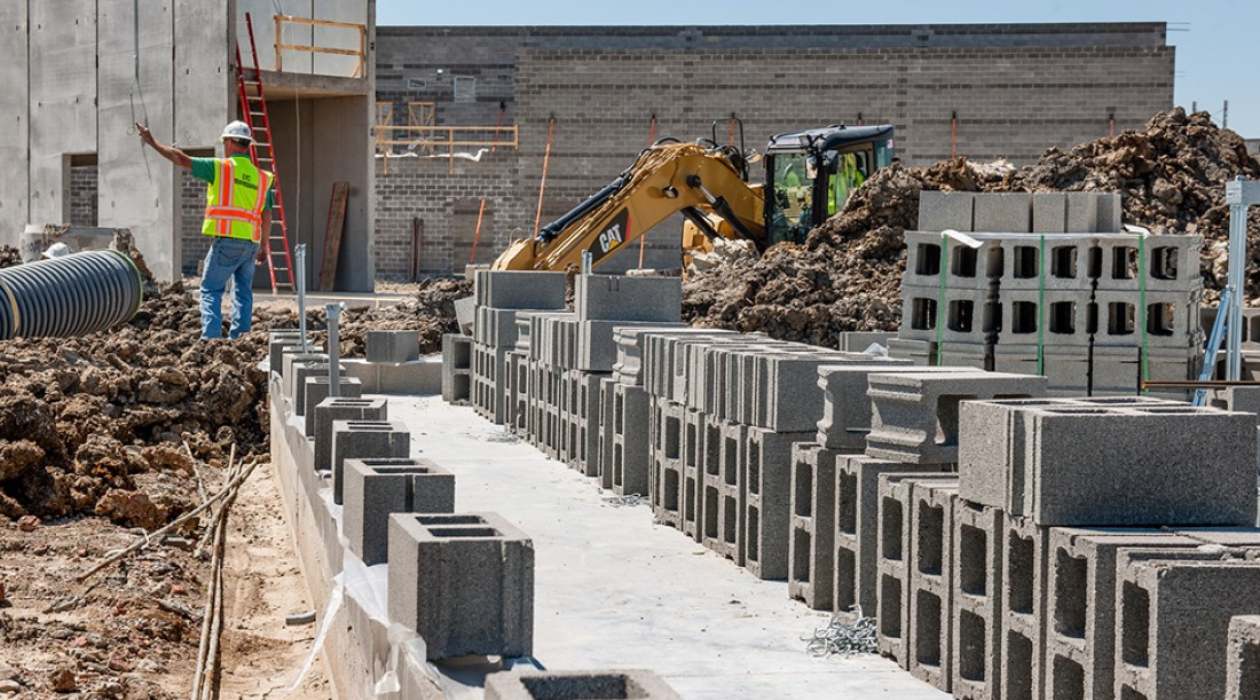







0 thoughts on “What Is ROI In Construction”